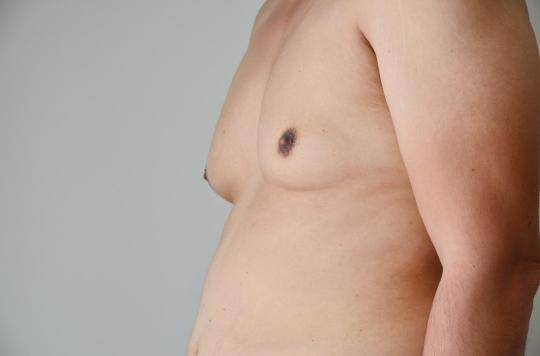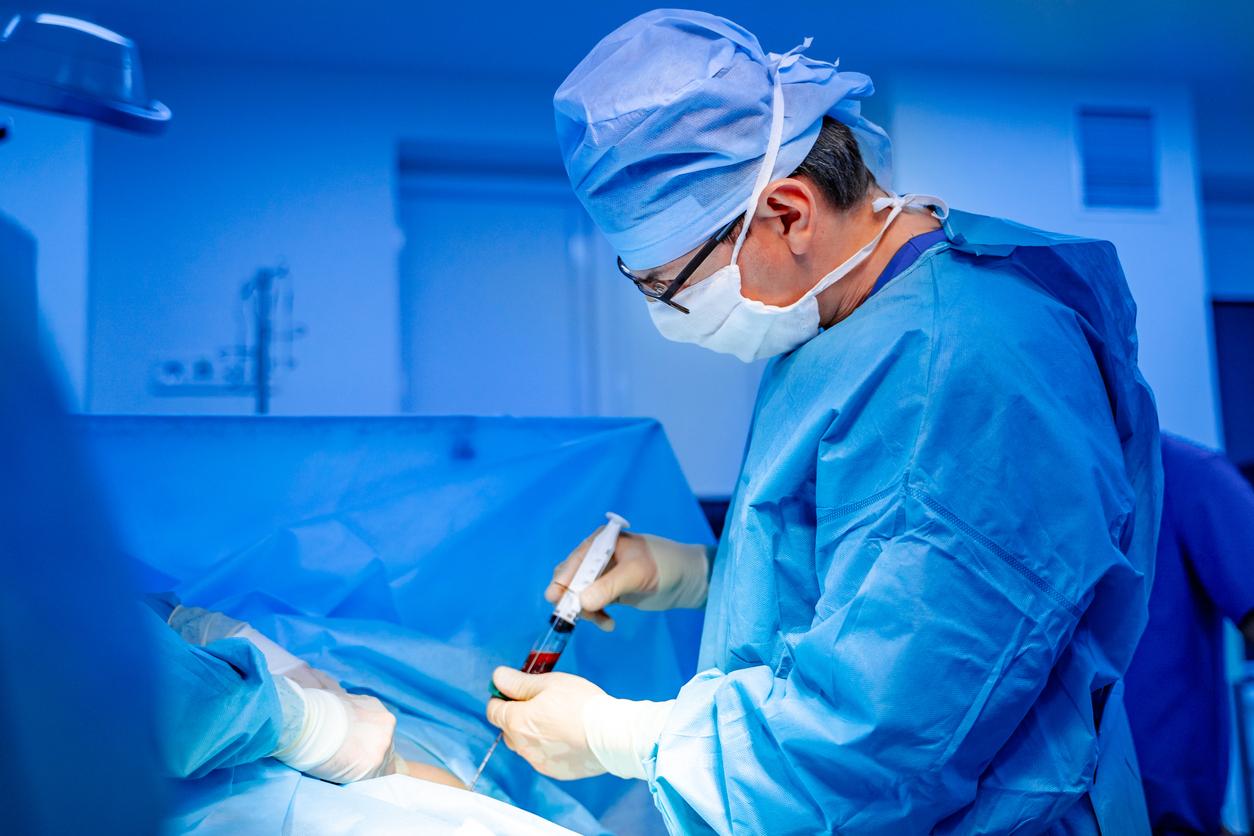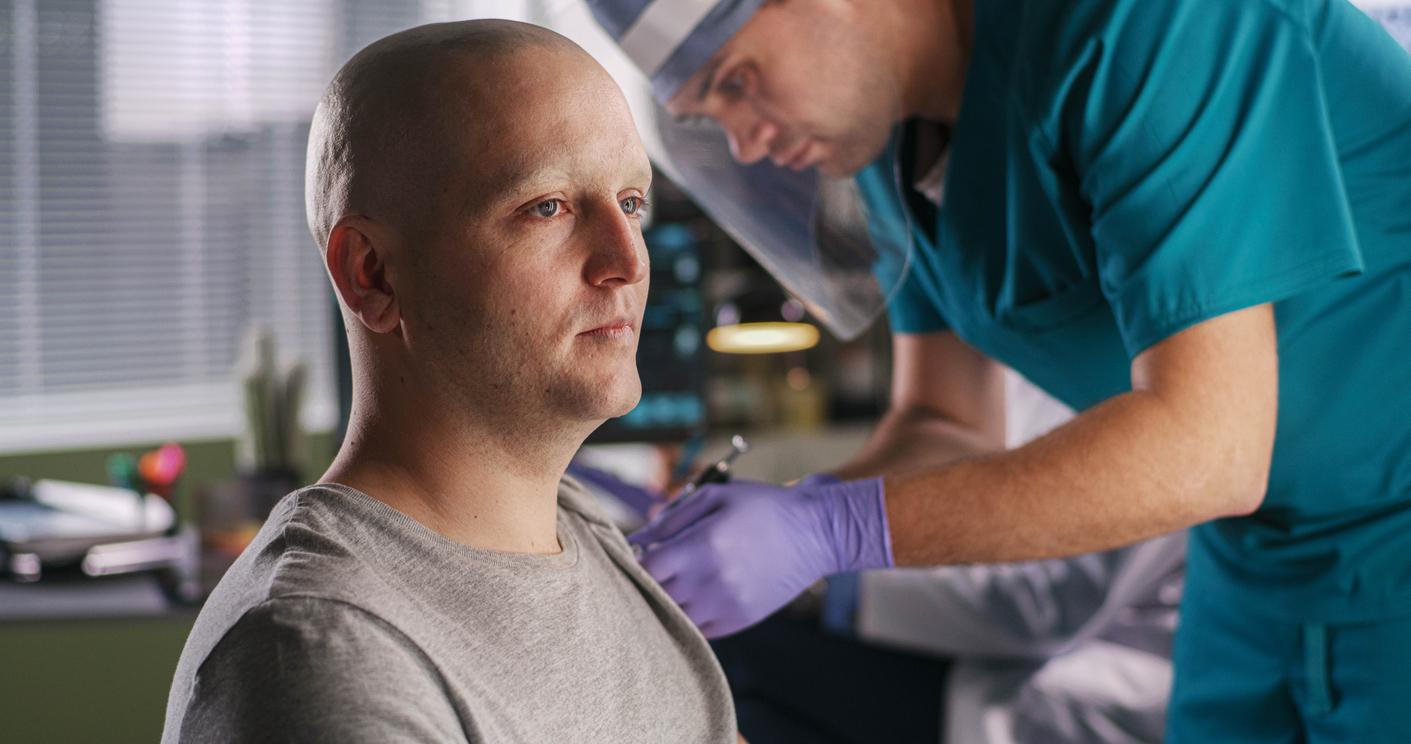The singer Slimane confided in the subject of the gynecomastia from which he suffered when he was a child, a pathology of the mammary gland which affects men.

- The breast tissue is firm. It is usually made up of root canal tissue and connective tissue.
- Gynecomastia can make it more difficult to diagnose breast cancer.
“It’s something that follows me and will follow me until, I think, very very old, explained singer Slimane about gynecomastia, a condition he suffered from as a child, on the show As an asidebroadcast on Canal+ on October 18. It’s something that traumatized me. As a child, it was complicated for me”.
Gynecomastia, a disease that affects men
Gynecomastia is a disease of the mammary gland that affects men. It is characterized by an increase in the volume of the chest. If it affects only one side, it is called “unilateral gynecomastia”. On the other hand, when both sides are involved, it is called “bilateral gynecomastia”. “With my long eyelashes and my beginnings of breasts, I looked like a girl, continued the singer. I have a memory at the swimming pool, where one day, a tall 20 or 22 year old said to me: ‘But this is not the girls’ locker room here’“.
Gynecomastia is an enlargement of the breast gland tissue in men. According the MSD-Manualshe must be differentiated pseudo-gynecomastia, which is an increase in breast fat, but without an increase in the volume of glandular tissue.
The gynecomastia occurs during puberty
Gynecomastia is a common and benign pathology that usually appears at the time of puberty, according to the National Cancer Institute. Normally, it disappears in 4 to 6 months – sometimes 12 months maximum – without treatment. If this is not the case, the doctor can prescribe various tests to establish his diagnosis: a complete clinical examination, a biopsy, a mammogram or even blood tests to check hormone levels.
Gynecomastia: two possible treatments if the disease does not disappear on its own
Indeed, one of the reasons for the appearance of gynecomastia can be a change or an imbalance in the level of hormones, especially during puberty, in elderly men or in the event of overweight. Other causes can also explain this disease: taking certain medications (especially anti-cancer, those for heart problems, sex hormones, etc.), liver disease such as cirrhosis, chronic kidney disease, hyperthyroidism, testicular tumors , etc.
Thus, when this disease does not disappear on its own, two types of treatment are offered to patients, depending on the cause of the condition: either surgical removal of excess breast tissue, or liposuction.

















